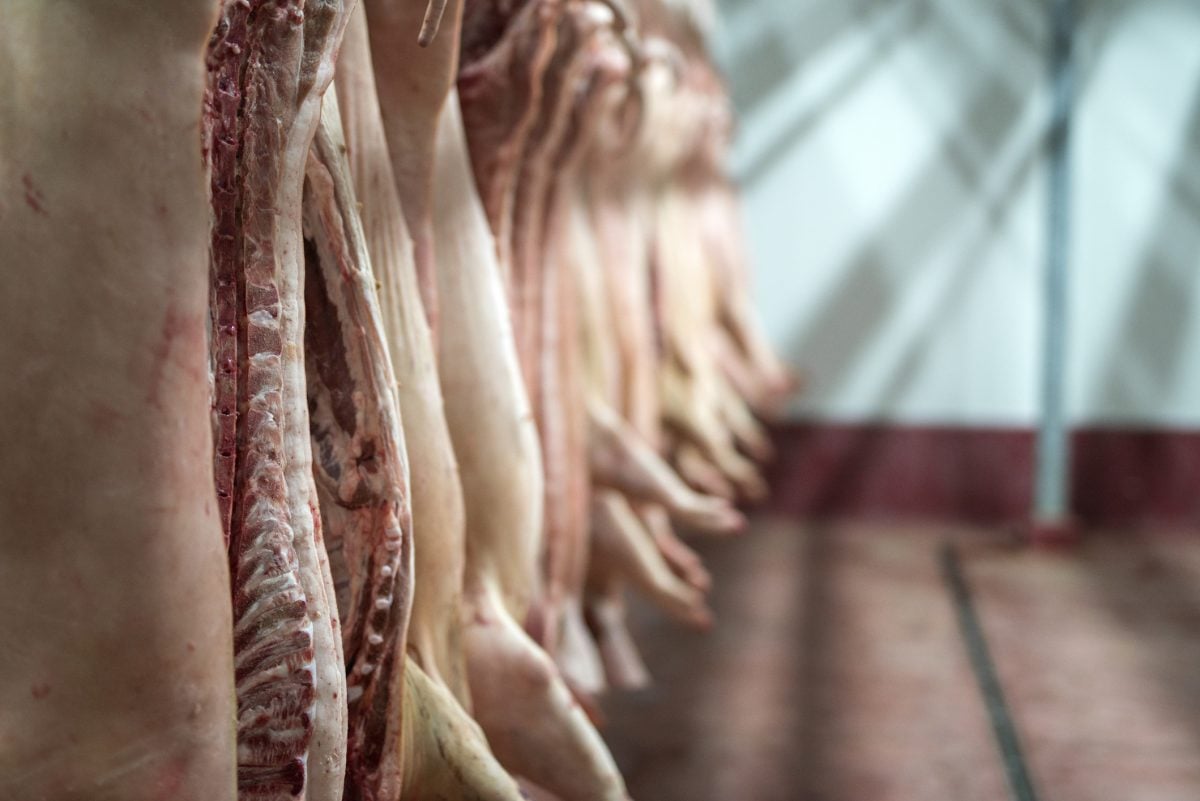BISMARCK, N.D. (Reuters) — Yield prospects for hard red spring wheat in southern North Dakota were below average following hot and dry weather during the growing season, scouts on an annual crop tour said Tuesday.
In the first day of a three day tour, the Wheat Quality Council calculated an average yield for hard red spring wheat fields in southern North Dakota and adjacent areas of Minnesota and South Dakota at 37.9 bushels per acre (bpa).
The figure is down from the 2016 tour’s first-day yield of 43.1 bpa and the five-year average of 45.7 bpa.
Read Also

U.S. livestock: Cattle slip back, hogs gain
Chicago cattle futures slipped back on Friday after Thursday’s pause. Hog futures crept upward. Most-active December live cattle futures closed…
The poorest crops were in the state’s southwestern quarter, scouts said, where some fields had already been cut for hay.
Because the tour’s first-day routes favour central and southeastern North Dakota, some said the yield figure did not adequately reflect crop damage in western areas.
“The crop as a whole is probably not what the tour is showing on Day One,” said Jim Peterson, marketing director of the North Dakota Wheat Commission and a scout on the tour.
Petersen said the tour’s yield figure was “overstated, partly because of all the acres missed in the west.”
Crops in the Red River Valley, along North Dakota’s eastern border with Minnesota, have benefited from adequate moisture. But the rest of North Dakota has suffered. Three-quarters of the state is in “moderate drought” and 40 percent is in “extreme drought,” according to the latest weekly U.S. Drought Monitor, prepared by a consortium of climatologists.
About 70 crop scouts from the milling and baking industries along with government and university experts are on the tour, which is scheduled to release final yield forecasts on Thursday.
Scouts sampled 207 wheat fields overall on Tuesday, including 194 hard red spring wheat fields, 10 durum wheat fields and three hard red winter wheat fields.
Spring wheat plants, which have the high protein content needed to bake bread, have shrivelled in the United States, one of the world’s top exporters, creating a rare tight spot in a world awash with lesser grades of grain.













